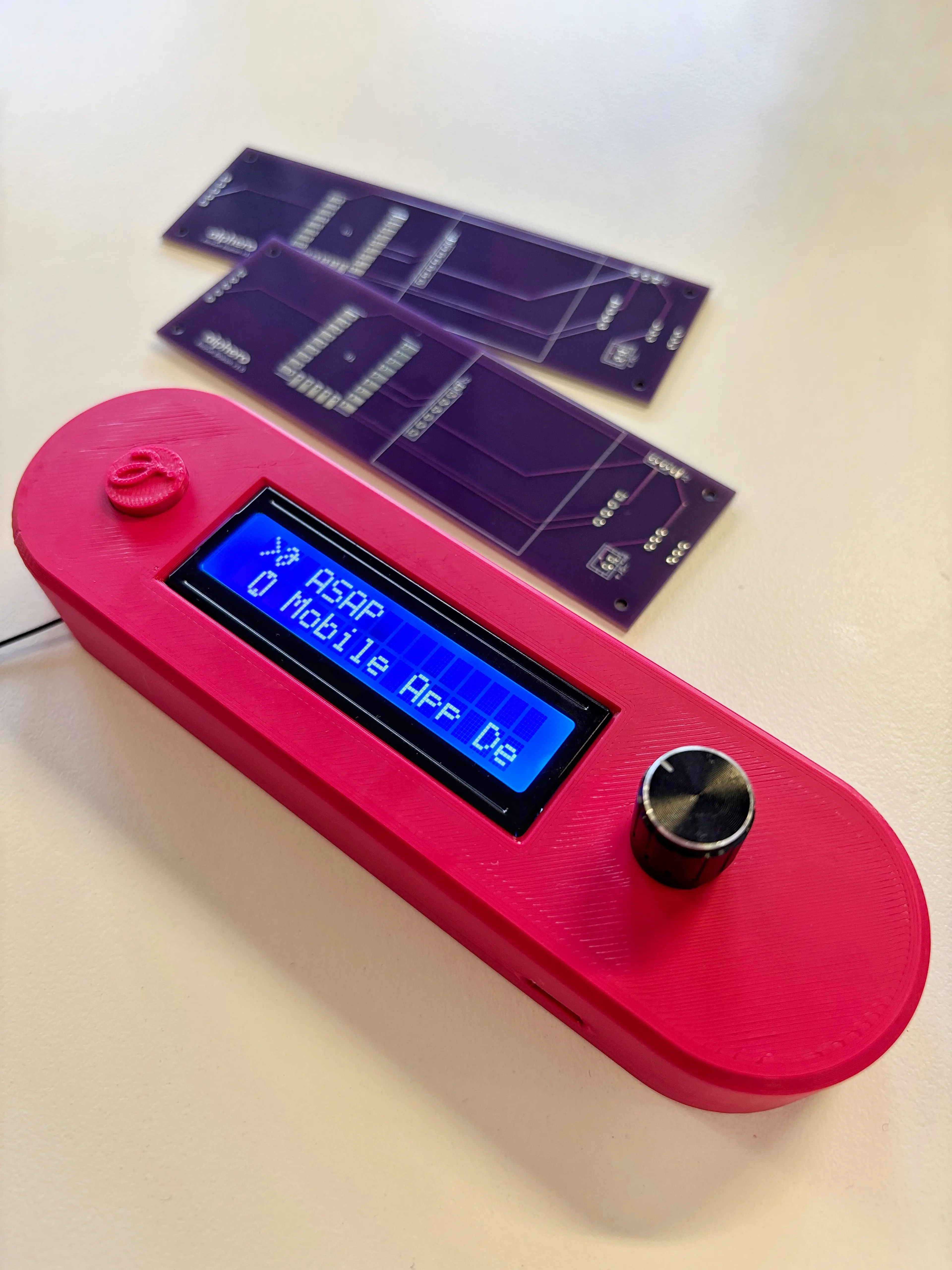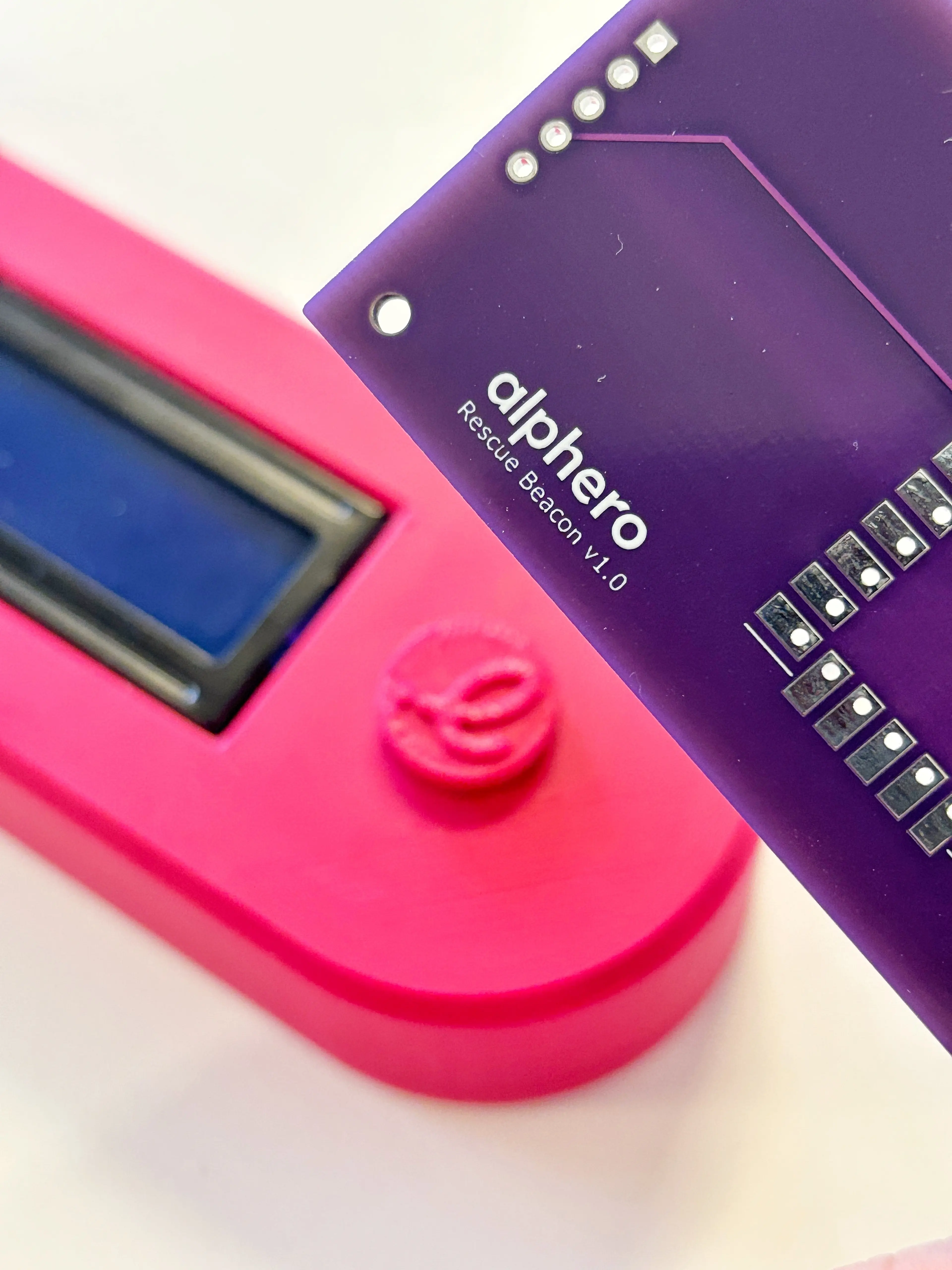
As a rule I don’t sign up to, or join clubs.
I find something offputting about aligning myself with a group of people who have come together for no other reason than they all enjoy the same stuff: crochet, country clubs, getting fit. I’m not sure why, maybe I arrogantly consider myself a bit of a Steppenwolf, living on the peripheries, never joining the pack, or maybe, to quote Groucho Marx:
“I wouldn’t want to belong to any club that would accept me as a member”
That being said, I can understand the reasons people do ‘become members’: Solidarity, comradery, perks, exclusivity, status, and of course discounts… it’s just not for me.
So when I was assigned the task of exploring effective member onboarding, digital and physical, to see how we could improve our own new client onboarding process, I was sure they’d chosen the wrong guy. Then again, perhaps my aversion allows me to assess the strengths and weaknesses of new-member welcome kits more objectively.
My research started with the only ‘club’ I’m part of: Air New Zealand Airpoints. Through doing nothing other than use their planes like busses as part of my job I’ve managed to attain “Gold” Status which allows me certain types of perks, like entering their lounges (which are often so full that sitting at the gate feels more exclusive) and two free seat upgrades, which I have never used (upgrading on a New Zealand domestic flight would mean sitting with the pilot).
When it comes to Air New Zealand’s Gold member welcome pack I think I can say that it’s pretty pedestrian: A non descript envelope, an impersonal letter digitally signed by their CEO, and a couple of cheap, plastic luggage tags. No part of the experience made me feel “valued”, “exclusive”, or “appreciated”, all tenets of effective new member welcome packs.
So I started exploring other ‘better’ examples from the same industry and discovered Qantas’ identical offering, albeit with the upgrade of trackable luggage tags (an improvement), and American Airlines’ ‘Concierge Key’ that comes with a 1:200 scale model 787 that you can build yourself (strange). But do any of these things actually make these new members feel valued? Not really. They are quickly forgotten and, although more costly, do not feel any more personal.My research led me to the understanding that to really create a new member welcome experience that hits all the right notes you need to make sure that all six of the following principles are singing in tune:
Personal: It resonates with the receiver on an individual level.
Tangible: It possesses, in some way, a physical form.
Human: It is the product of genuine human creation or interaction.
Insightful: It offers information that transcends common knowledge.
Useful: It furnishes practical value and facilitates actionable application.
Actionable: It inspires or enables a considered next step.
Armed with these insights, I then set about creating our own new client onboarding kit. The question, however, was what this kit should entail. What do clients truly desire from Alphero, and how could I cultivate a feeling of exclusive membership from the outset?
To address these questions, I consulted our web lead, Emlyn.
Emlyn possesses a remarkable aptitude for constructing ingenious physical contraptions, the sort that seamlessly merge the digital and tangible realms. His boundless curiosity and technical audacity (in the most positive way) are truly inspiring. He is one of the rare individuals I know who never says, “It can’t be done”.
Together we came up with a communication device that, at the push of a button, could allow clients direct access to the experts and skillsets Alphero offers… rather like a digital version of the bat signal or a science-fiction type transponder.
We talked about old pagers, and the satisfying simplicity of rotary dials. We knew we didn’t want anything too ‘techy’. This wasn’t about showing off. It needed to feel familiar, maybe even a little nostalgic; it needed to resonate on a more emotional level. Emlyn took those thoughts and got to work.
The goal was simple, but the build was not. The device had to be self-contained, portable, and able to send a message without being connected to anything else. That meant building in its own wireless capability—basically using cellular technology to send a signal. Emlyn stitched together a working prototype from various components: a basic liquid crystal display screen, a rotary selector, a GSM modem, a microcontroller. He even enlisted a bit of help from Claude (as an AI co-pilot) to build some of the trickier code for interfacing with the modem.
The result is a small, pink, ‘snag’-shaped box, about the size of an old-fashioned pager, featuring a rotary dial that allows the user to select their required assistance, via an LCD screen: design, development, strategy, etc and a button that transmits that message directly to one of our team, and it does this all while remaining oddly delightful.
We have christened it the ‘ASAP Beacon’, an abbreviation of ‘Alphero, Solutions, And Priority Beacon’. It functions precisely as its name suggests: providing clients with a quick overview of the services and skills we offer and a means to bypass all other red tape and inform our team subject matter experts directly that they require assistance.
No log-ins, no portals, no forms. Merely a knob and a button.
Naturally, our ambition extends beyond the device itself. We are crafting the entire experience: the packaging, the accompanying booklet, the language employed. It is designed to communicate our identity and that of the individual at the receiving end of the signal. Not through a mere brochure, but through a tangible interaction. Through something authentic.
We already know who we’re giving the first one to, a new client who has yet to officially meet Alphero. She seeks an improved method of welcoming individuals into her own organisation, and this is how we’re planning to introduce ourselves: not by telling her what we’d do, but by showing her what we do.
Whether she pushes the button or not is, in essence, beside the point. What matters is that it will be sitting there on her desk, a slightly strange, constant reminder of Alphero and the ethos we strive to embody: “show, don’t tell”.


